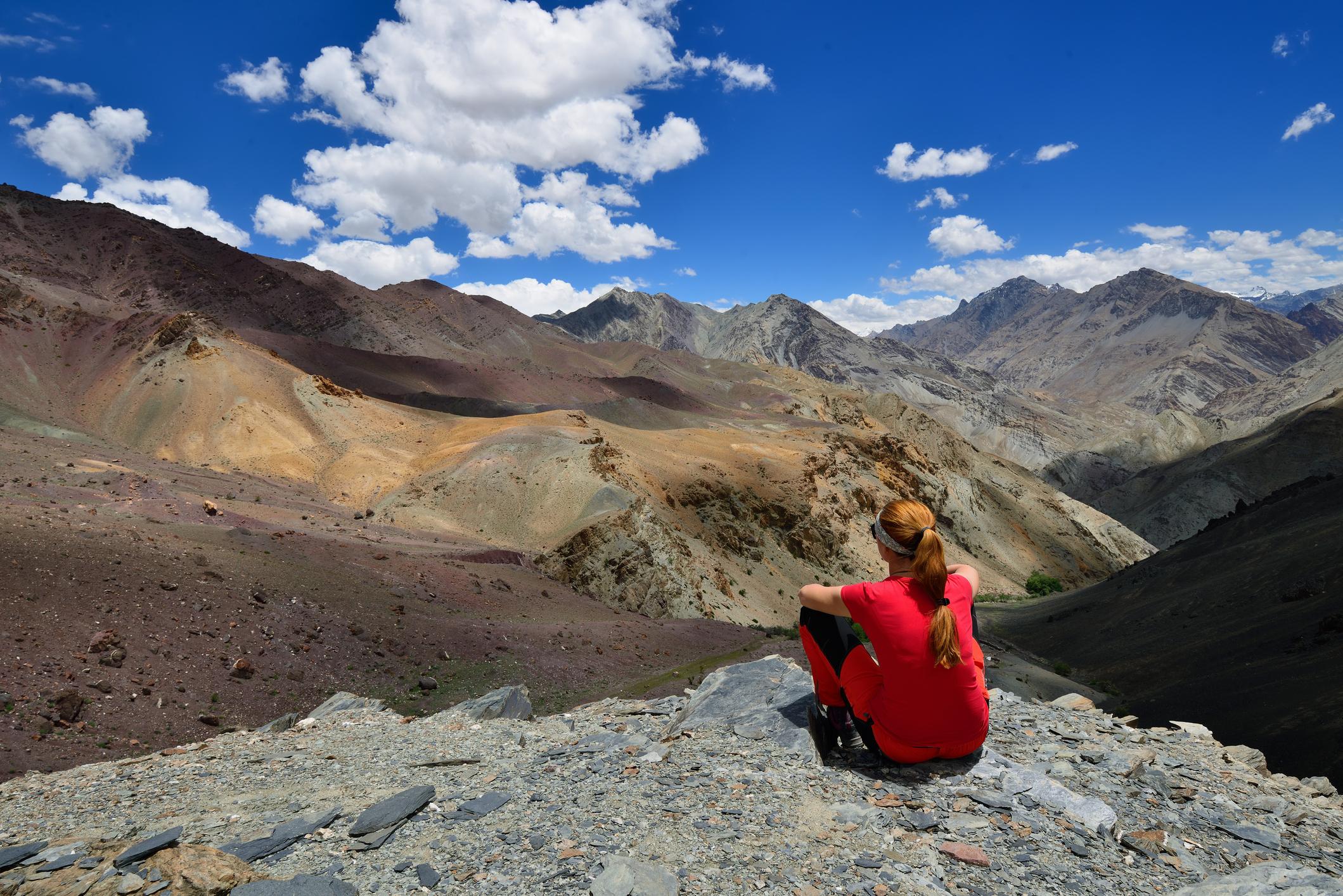The first time I visited India was in my mid-twenties. We landed in Mumbai and I was bowled over by the sprawling, energetic chaos of the city. Here, we were scouted to be extras in a Bollywood film, which turned out to be a remake of Speed, and spent the day in suits on a set designed like the TFL headquarters – my first lesson in expecting the unexpected while visiting India.
After that, we embarked on a two month trip from Goa on the west coast to Pondicherry, a chic former French colony on the east coast. We camped on a coffee estate high in the Western Ghats and later explored the utopian township of Auroville. We visited Bylakuppe, one of the largest Tibetan settlements outside of Tibet, and marvelled over the arid boulderscapes of Hampi.
I remember that trip now as a series of colourful snapshots, which left me feeling as though I’d barely even scratched the surface. But over the past decade, I’ve gotten to know India much better. It’s where my husband’s from; since 2016 I've spent a lot of time in his home city of Bangalore, including an 18 month stint. During this time I travelled widely, visiting the backwaters of Kerala and the lush green landscapes of Coorg, a renowned coffee-growing region. I trekked in Ladakh, a high-altitude desert region in the Himalayas, and relaxed on the idyllic beaches of the Andaman Islands.
The singular thing about India is you can only speak of it in the plural. There is no single standard, no fixed stereotype, no ‘one way’
The more I visit India, the less I understand it. There’s a population of 1.4 billion people, comprising over 2,000 different ethnic groups and speaking 22,000 dialects (the Indian state recognises 22 official languages). This multiplicity is explored by writer and politician Shashi Tharoor in his oft-quoted essay, ‘The Idea of an Ever-ever Land’.
“The singular thing about India is you can only speak of it in the plural,” he writes. “There is no single standard, no fixed stereotype, no ‘one way’. This pluralism is acknowledged in the way India arranges its own affairs: all groups, faiths, tastes and ideologies survive and contend for their place in the sun.”
So how do you navigate this complex country? I’m by no means an expert, but here’s what I wish I knew before visiting India, alongside some tips for enriching your stay.
You Might Be Overwhelmed (And That’s OK)
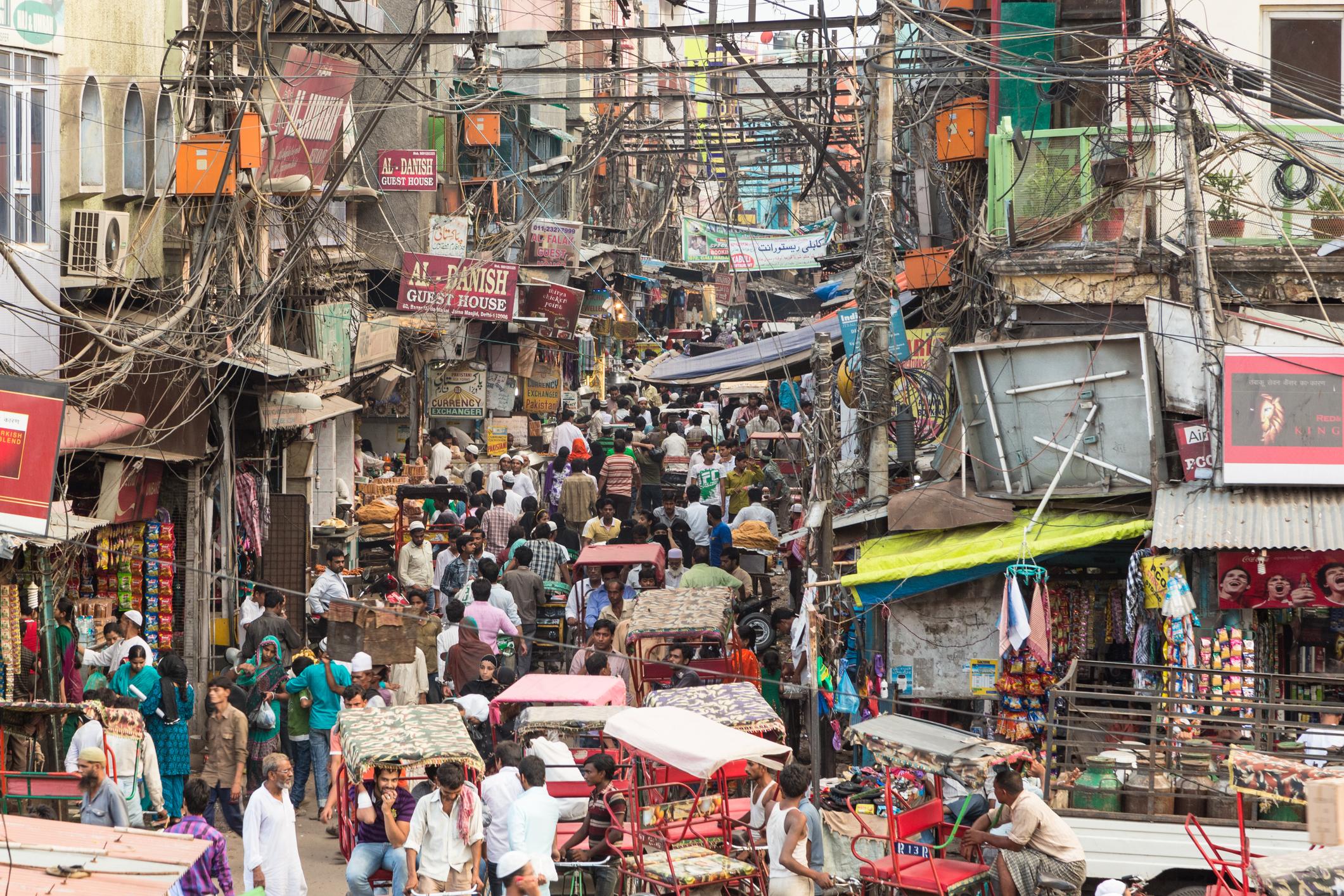
India is an assault on the senses, especially in major cities like Delhi and Mumbai (where you’re likely to land). Motorbikes will drive up onto the pavement. There’s a lot of traffic and there are no lanes; cars, rickshaws and two-wheelers jostle for space.
When I first arrived in Mumbai, I was taken aback by the sheer number of people on the streets and the differences between them, from barefoot women in brightly coloured saris to well-heeled businessmen in suits. I inhaled the smokiness of incense, sunbaked dust, hot oil from snack stands, fragrant jasmine from flower garlands and the occasional sharp stench of rubbish.
Back then, the excess of stimulus wasn’t an unpleasant experience. I was intrigued by what I saw around me, and eager to drink it all in. However, six years later on my first day in Bangalore (where I was staying for several months), I experienced culture shock.
You will not help yourself by beelining towards the nearest McDonalds or by hiding away in your hotel room
According to Kalvero Oberg, the anthropologist who popularised the term, “culture shock is precipitated by the anxiety that results from losing all our familiar signs and symbols of social intercourse.” Symptoms of culture shock can include feeling homesick, irritable, isolated or disoriented.
Culture shock is both normal and temporary, so don't be alarmed by it. You will not help yourself by beelining towards the nearest McDonalds or by hiding away in your hotel room. Instead, the ‘cure’ (if we are to pathologise it) is curiosity – finding something about a place that interests you. For me, in Bangalore, this included visits to art galleries and handicraft exhibitions, and eating my way through the city’s most popular restaurants.
Don’t Try and See it All
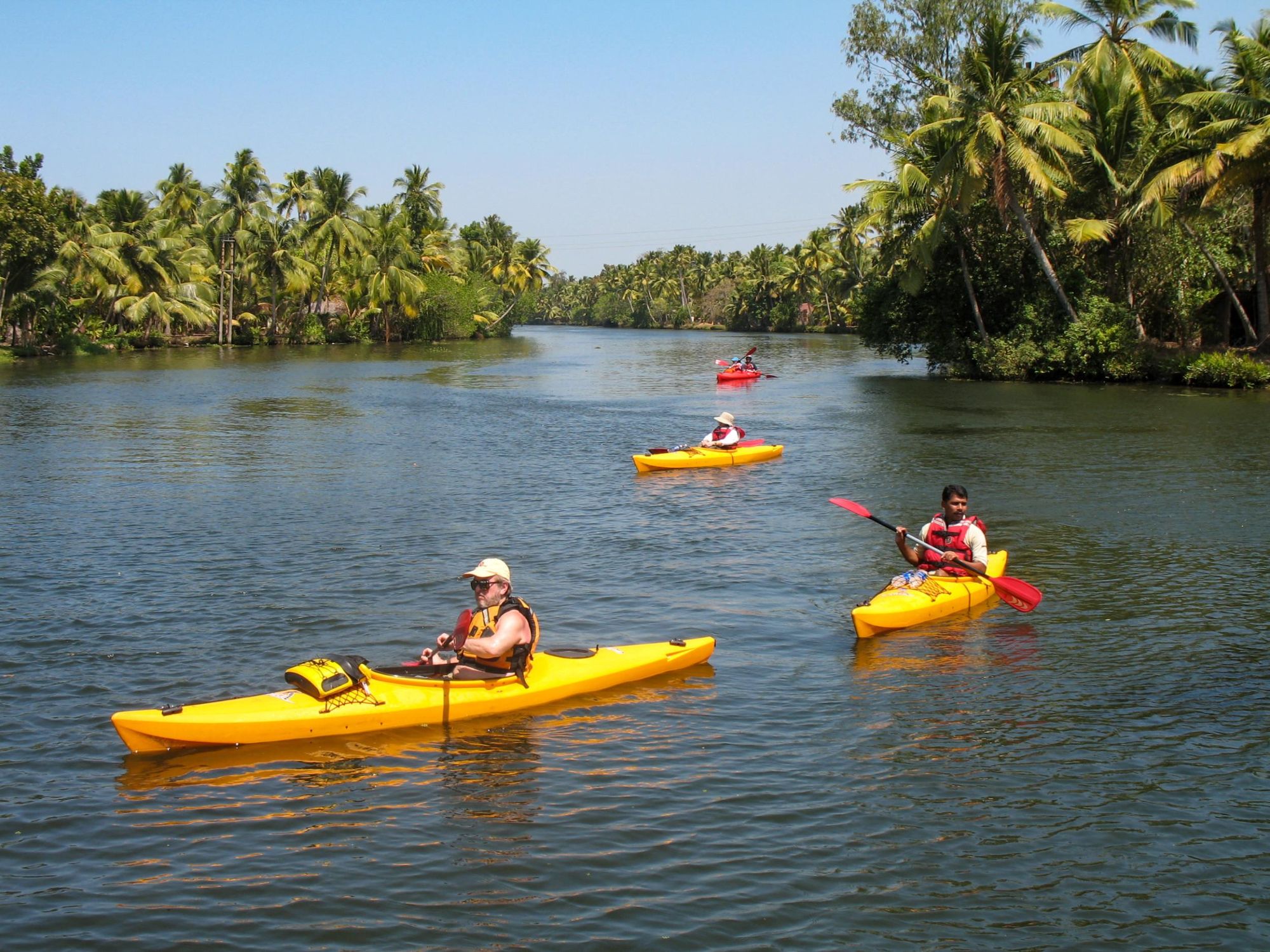
India is one of the largest countries in the world, and it’s impossible to see everything on a single trip, even one that lasts for several months. While road travel tends to take longer than you expect (due to congestion and infrastructure problems), there are other ways to get around India quickly and easily. You can cross the country in a few hours on an internal flight. India also has a great rail network with both overnight sleeper trains and high-speed, same day-services known as Shatabdi Express trains (make sure you book tickets in advance).
Despite this ease of travel, it’s better to go slow and give yourself plenty of time to explore; you’ll need time to absorb it all. It can be tempting to skip over the larger cities, which might initially strike you as congested and difficult to navigate, but you’ll reap the benefits if you stay for longer. Delhi is crammed with fascinating monuments and museums like the National Craft Museum & Hastkala Academy, where you can learn about India’s rich handicraft tradition, and Humayan’s Tomb; an ornate Mughal mausoleum in a tranquil garden complex.
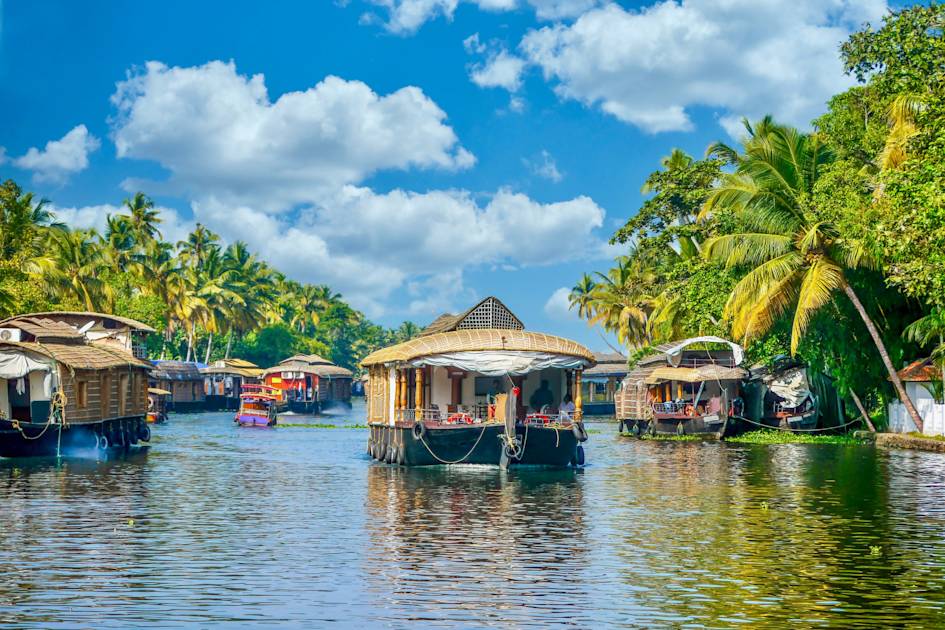
Rather than ticking off as many places and sights as possible, I recommend choosing a state or region and exploring it in more depth. For a first-timer wanting a more relaxed introduction to India, I’d consider the small coastal state of Kerala. Begin your journey in the port town of Cochin – its historic centre Fort Kochi has a relaxed atmosphere and is very walkable. From here you can explore the palm-fringed backwaters by kayak or bicycle, spend a few days on the beach and head inland to the Western Ghats to do some trekking. You’ll experience a diverse range of activities and experiences across a relatively small geographical area.
Indian Cities are Surprisingly Noisy…
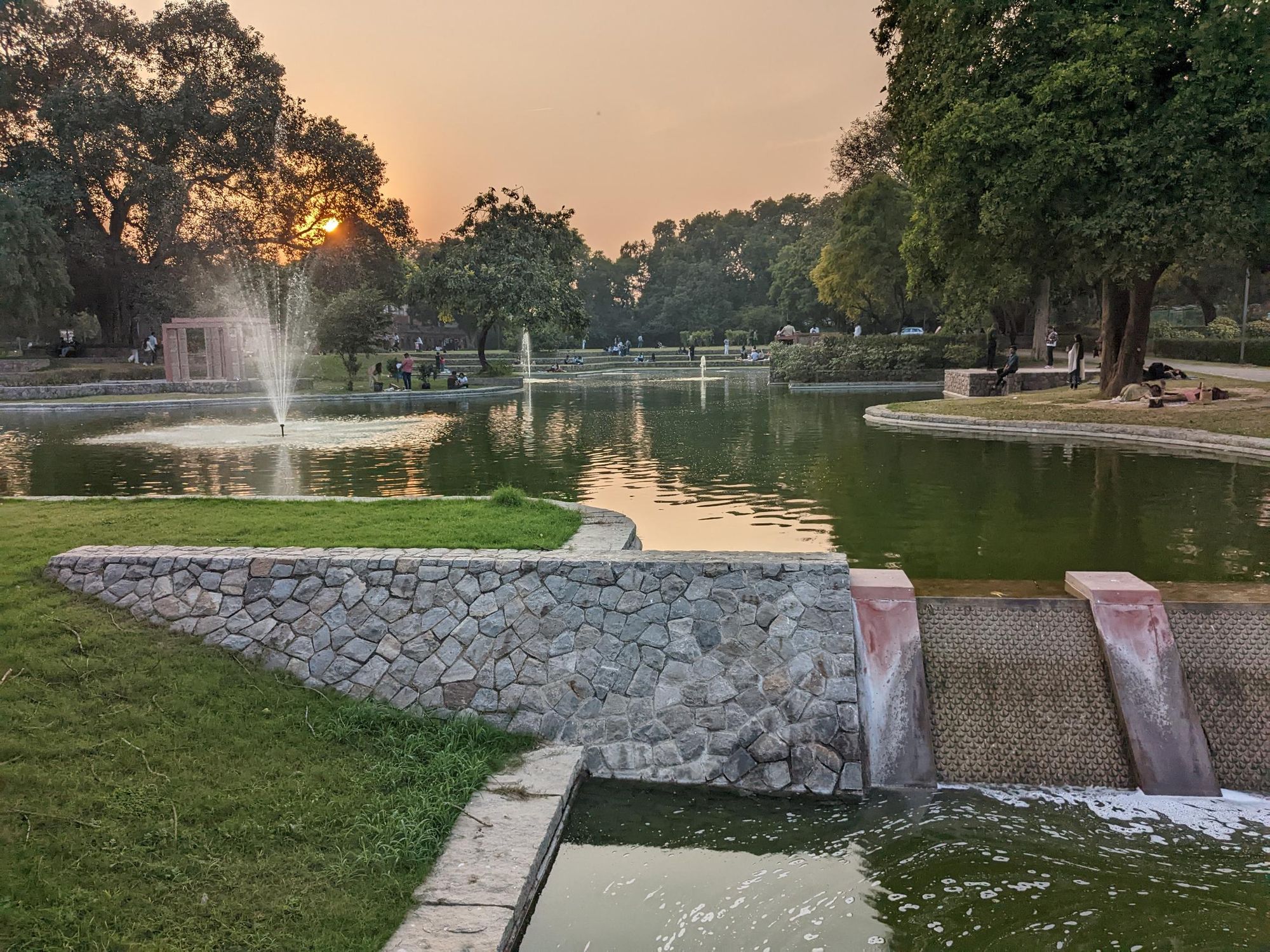
According to a study by the UN Environment Programme, three of the 15 noisiest cities in the world are in India, including Moradabad – with ambient noise levels reaching 114 decibels – and Kolkata (89db). To contextualise, anything up to 55 decibels is recommended for a communal environment. A further study by the West Bengal Pollution Control Board calculates that one of the city’s busiest crossings averages 18,857 honks in 24 hours (a horn can reach up to 125db).
Another major contributor to noise is construction, either of roads or residential properties. While there are noise regulations in place for construction projects, these are often breached. In my neighbourhood in Bangalore, construction routinely seemed to go on until 10pm or 11pm at night.
If you’re only in a city for a couple of days before heading elsewhere, chances are this won’t bother you much. But I’m incredibly noise sensitive and struggle with this on longer stays. My way of decompressing from the noise is to seek out quieter spaces within the city. In Bangalore, I go on walks through Lalbagh, a botanical garden with a glass house inspired by Crystal Palace and a lake encircled by a tree-lined path. In Delhi, I enjoy downtime in parks such as Sunder Nursery and Deer Park (near Hauz Khas).
…But You Can Find Peace in Nature
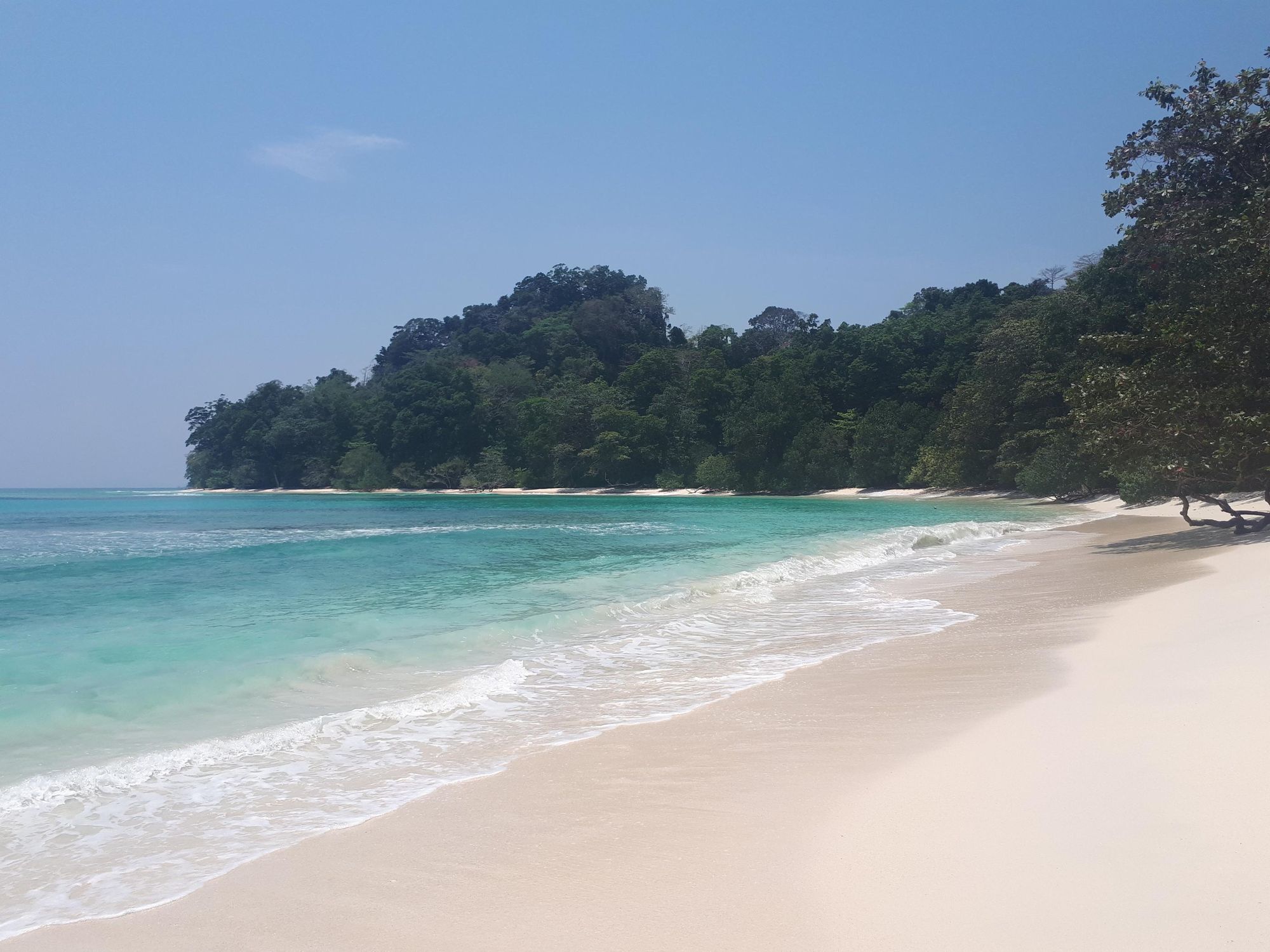
Urban India might be noisy, but there are plenty of quieter places where you can relax. I travelled widely to find them. I went on early morning walks through the verdant coffee and spice plantations of Coorg, where the dominant sound was bird song. I kayaked down small canals in the Kerala backwaters and relaxed on the idyllic beaches of the Andaman Islands.
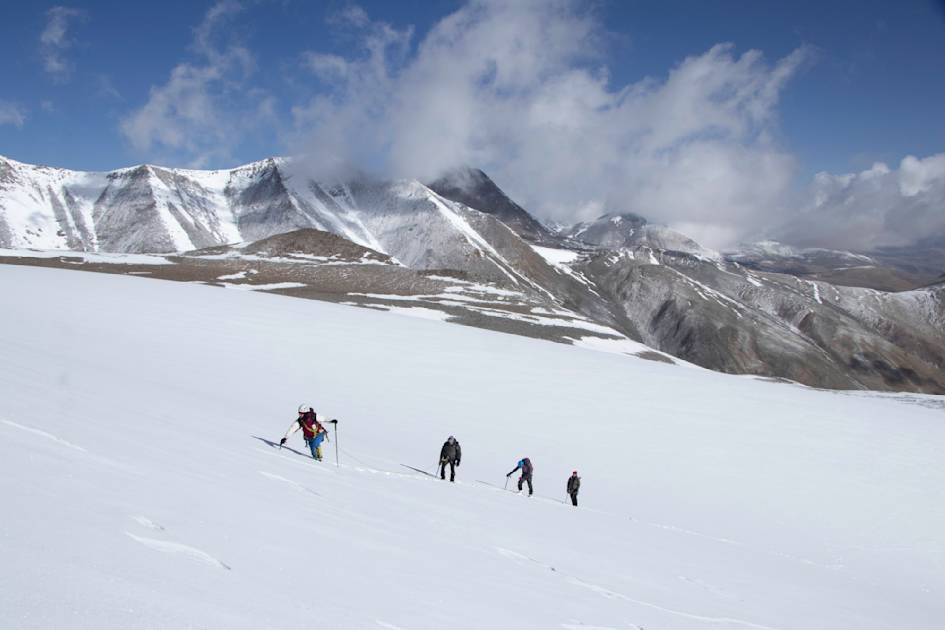
Trekking in India takes you far off the beaten track, away from roads and noisy urban centres. One of my favourite multi-day hikes in India is the Markha Valley trek in Ladakh, a high-altitude desert region with a majority Buddhist population. As I hiked past rhyolite mountains and timeworn stupas (Buddhist monuments) with prayer flags flapping in the wind, I felt more at peace than I had in months.
There Are Many More Mountains than the Himalayas
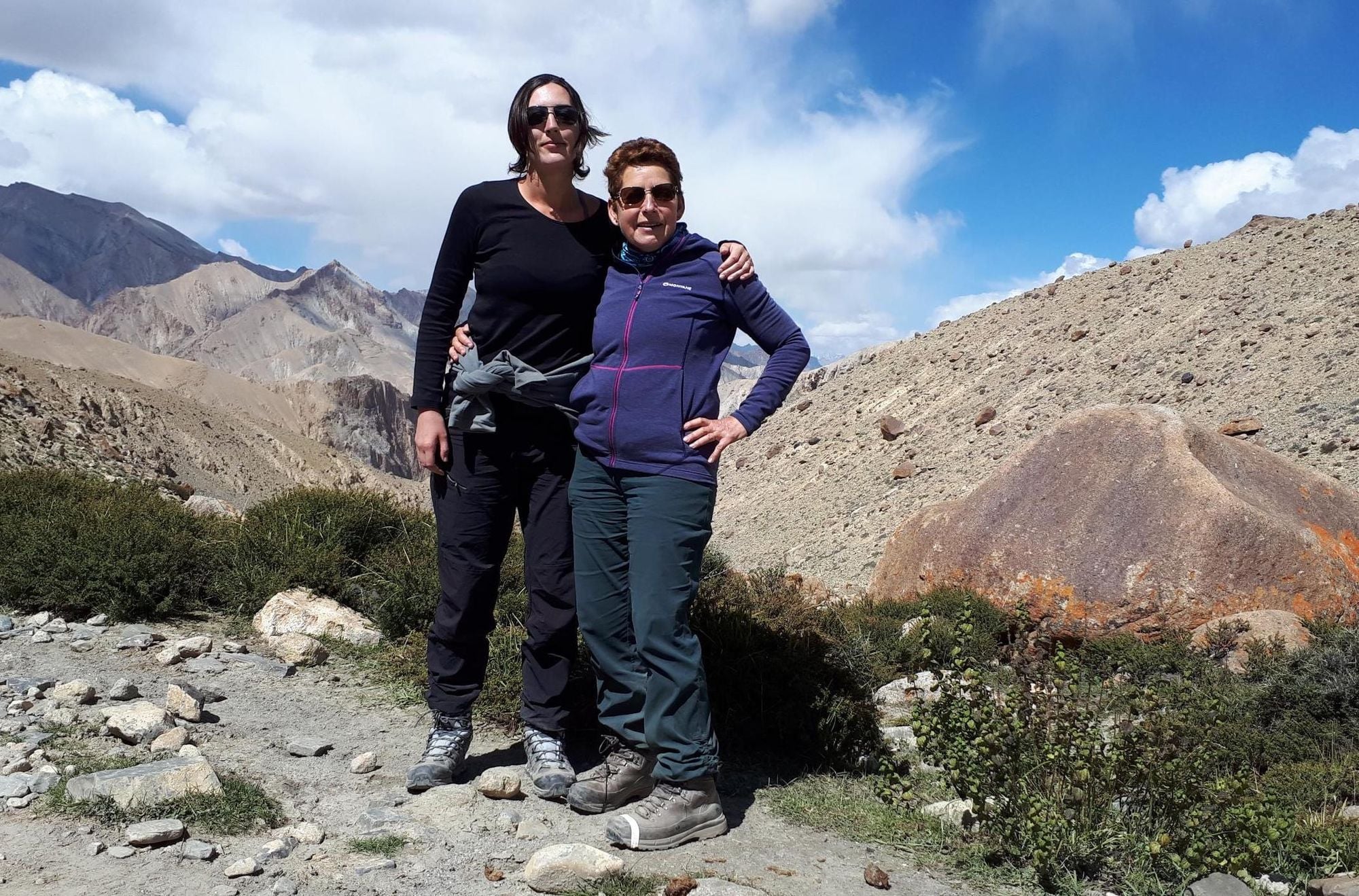
When I first arrived in India, I knew that the Himalayas were located in the north of the country. I had the chance to visit a part of the Himalayan range on a visit to Ladakh, where I hiked through the arid rhyolite peaks of the Zanskar Mountains.
Urban India might be noisy, but there are plenty of quieter places where you can relax. I travelled widely to find them...
I soon realised, however, that the Himalayas are by no means the only mountains in India. You’ll also find the Karakoram Range, the Western Ghats, the Eastern Ghats, and the Aravalli Range here, each with its own unique landscape and character.
I became particularly fond of the Western Ghats, a mountain range running parallel to the west coast of India, from Gujarat to Karnataka via Goa and Karnataka. They’re a UNESCO world heritage site and one of the world’s eight “hottest hotspots” of biodiversity – home to thousands of rare species like the Bengal tiger and the neelakurinji, an endemic purple flower that blooms only once every 12 years.
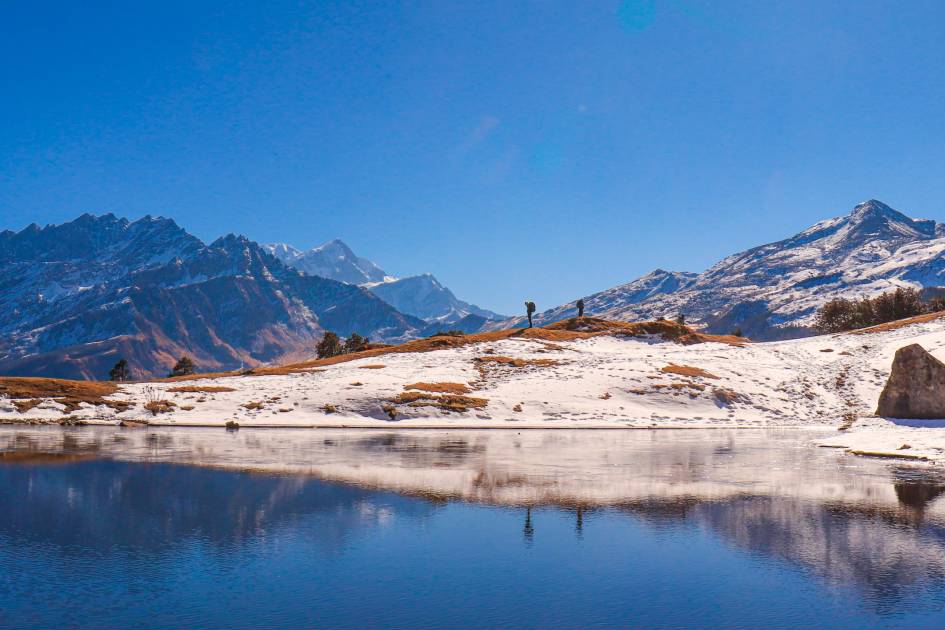
One of my favourite things about hiking in the Western Ghats is the diversity. You’ll pass through a variety of different habitats, from lush tropical rainforest to Shola grassland and emerald tea plantations, as well as climbing the peaks themselves.
The Food is Delicious and Different in Every State
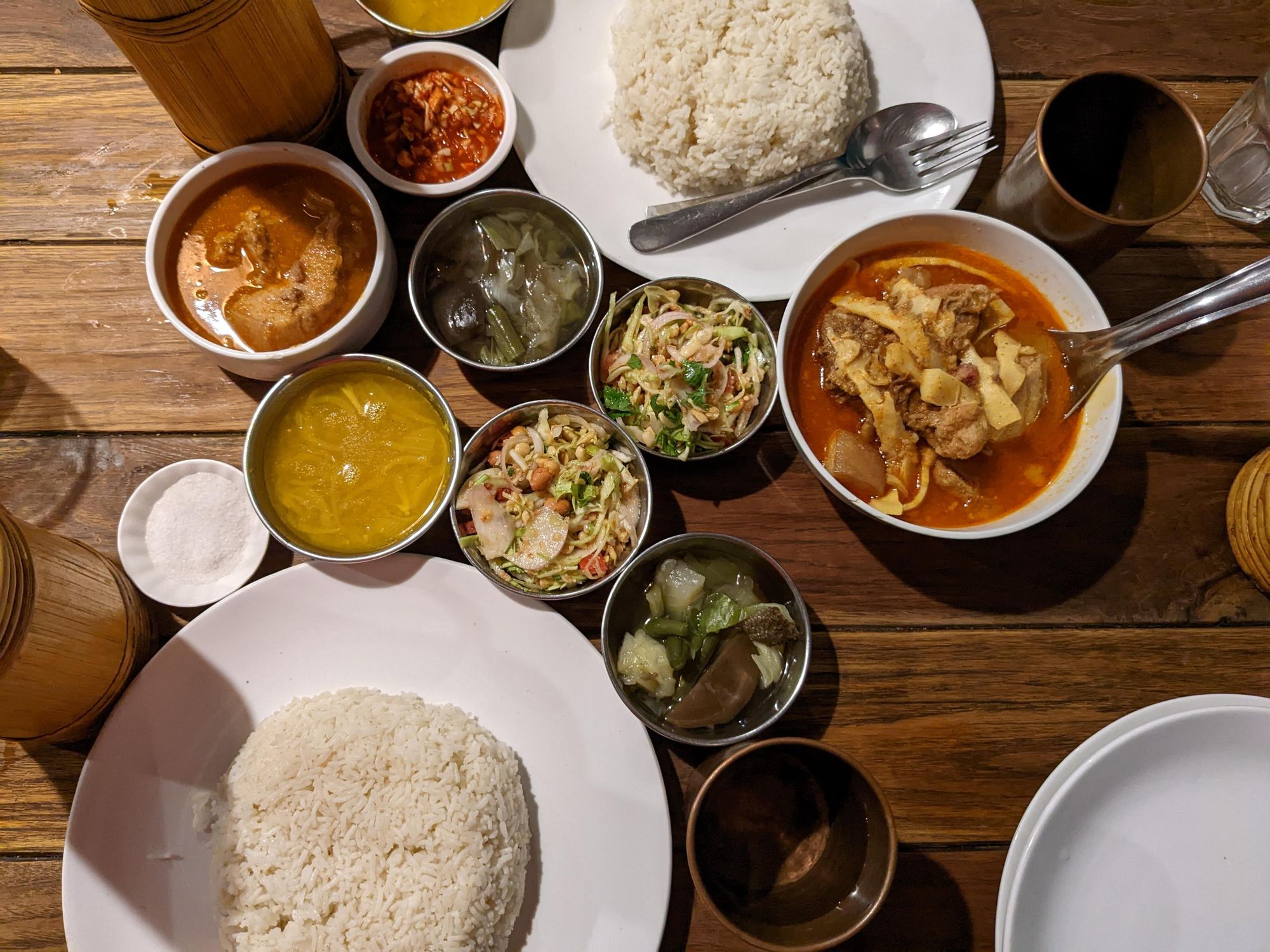
My favourite way to learn about the places I visit is through local dishes. India was no exception and it was what enabled me to connect to the country. One of the first dishes I fell in love with was malai tikka; tender pieces of chicken marinated in yoghurt, cream, garlic and spices and then cooked over a charcoal grill. This was followed shortly after by aloo paratha – flatbreads stuffed with a mixture of spiced potato, onions, coriander and green chilies, and served with butter, yoghurt and tangy pickle.
Each state has its own unique cuisine, shaped by its agricultural practices and history. Whenever I travel to a different state I try the local dishes, and in doing so learn a little more about each region. For example, Goa was a Portuguese colony for 450 years, and its food bears traces of this. The Portuguese introduced yeasted bread rolls (known as ‘pav’ and pronounced ‘pao’) and chouriço to Goan cuisine. One of Goa’s most well known dishes, vindalho – a spicy stew of pork cooked in vinegar, whole spices and chilies – is an Indian adaptation of the Portuguese dish carne de vinha d’alhos, meat cooked in wine and garlic.
Whenever I travel to a different state I try the local dishes, and in doing so learn a little more about each region
Food not only differs between states but also between religions in India. Hindus don’t eat beef – many are vegetarians – and Muslims don’t eat pork. Jains abstain from eating animal products and root vegetables (including onions and garlic) as uprooting kills the entire plant, alongside any microorganisms or insects in the soil.
If you are vegetarian, vegan or gluten-free, you’ll be amazed at the array of choices on offer. The only exception is when you’re trekking and staying in homestays, but even then the everyday staple of dal, rice and vegetables is suitable for all diets.
Read Books By Indian Authors While Researching Your Trip
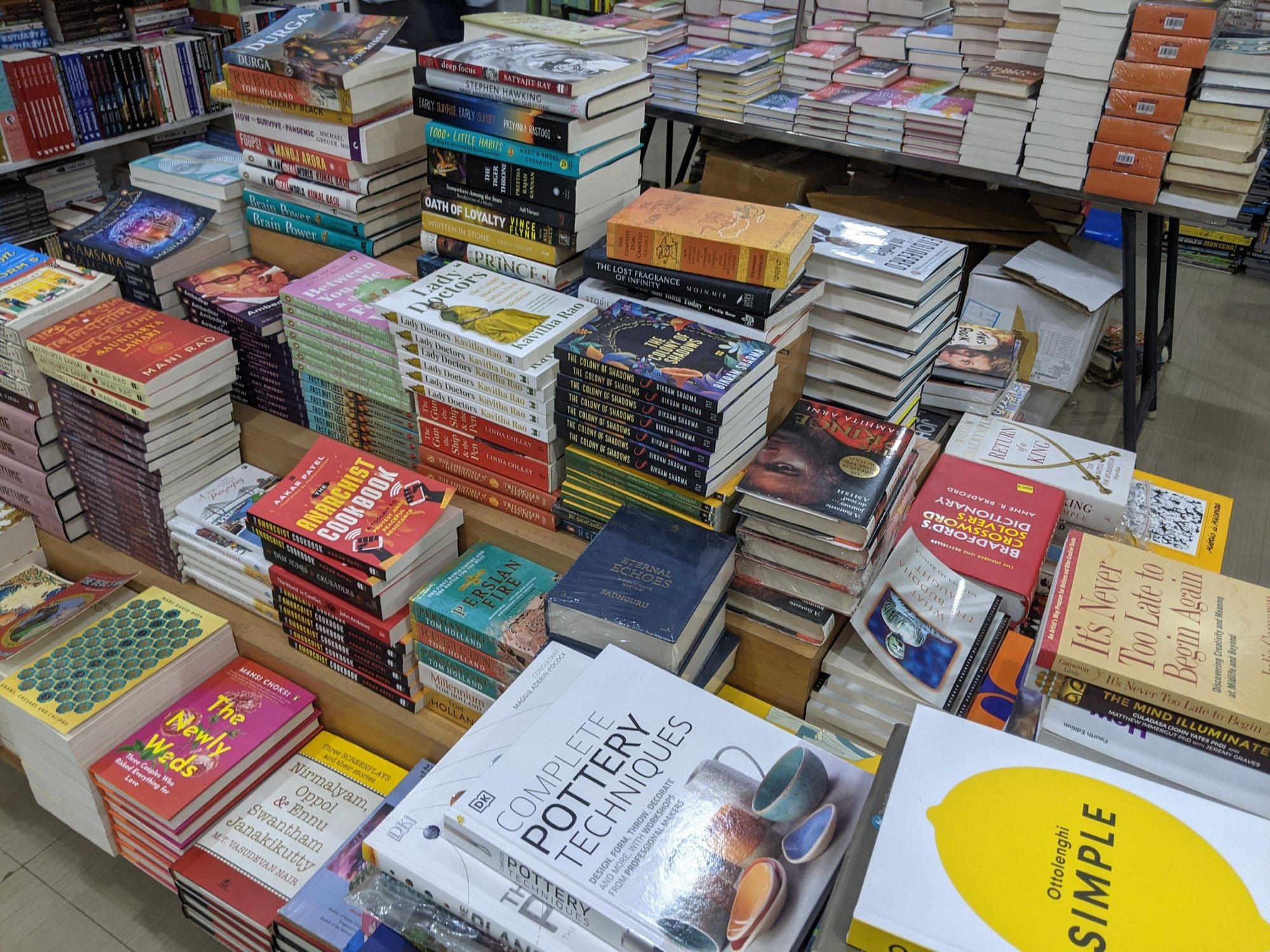
Considering India’s complexity, you might want to read up on it before a visit. There are plenty of books to choose from, ranging from non-fiction through to poetry. For a more nuanced perspective, seek out books by Indian and diaspora authors.
Fiction books I have read and enjoyed include The Hungry Tide by Amitav Ghosh, about the precarious and fragile ecosystem of the Sundarbans (a cluster of low-lying, mangrove-fringed islands in the Bay of Bengal). Janice Pariat’s Boats on Land is a lyrical collection of short stories based in India’s little-visited northeast region. Chronicles of a Corpse Bearer, by Cyrus Mistry, is about a maligned community of Parsi corpse bearers, whose job it is to carry dead bodies to the Towers of Silence.
One of my favourite Indian travel books is Following Fish: Travels Around the Indian Coast by Samanth Subramanian, which tells the stories of coastal India with warmth and humour (swallowing a live fish as an asthma cure being a standout episode). Vir Sanghvi’s Rude Food is another warm and witty book about facets of Indian food and culinary history.
No book on its own will give you a definitive picture of India – its landscapes, people and culture are far too diverse for that. But the more widely you read, the more you’ll discover about this multi-layered country.
Respect Cultural Customs

English is one of India’s official languages, and Indians working in the tourism industry will have a good grasp of it, meaning you’ll be able to communicate relatively easily with people. Even so, you might still struggle with the various formalities and cultural etiquette existing within the country.
I remember coming out of our local grocery shop in Bangalore and one of the women working there asking me, “have you eaten lunch?”. My reaction was pure anxiety. Did she think I looked hangry? Fat? Was there food all over my face? It turned out to be nothing of the kind. Asking people if they’ve eaten in India is just a way of starting a conversation; an equivalent to ‘how are you?’
Of course, it’s impossible to list all cultural norms and expectations here. The main one is to dress appropriately, particularly while visiting a religious site. Men should avoid wearing short shorts or going shirtless, and women should make sure knees and shoulders are covered. In more modern neighbourhoods of Bangalore I do wear dresses exposing my shoulders, but I stick to wearing loose, flowy clothes rather than anything form-fitting.
Asking people if they’ve eaten in India is just a way of starting a conversation; an equivalent to ‘how are you?’
Public displays of affection are also considered rude, so if you’re travelling with a partner I’d hold off from kissing and cuddling in public. There are also a series of customs and practices around eating. It’s also considered unclean to eat with your left hand by more devout Hindus – although as a left-handed person, this never came up in the more progressive circles I move in.
All of this might feel overwhelming or intimidating. However, don't get too bogged down in it. People are friendly and will forgive you a faux pas, especially if it's well-intentioned.
Inspired? Explore the fascinating subcontinent on our Adventures in India.


